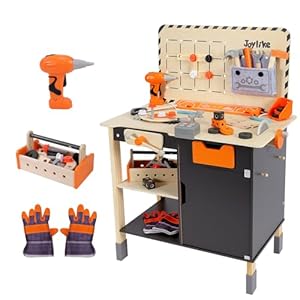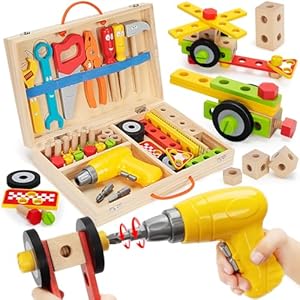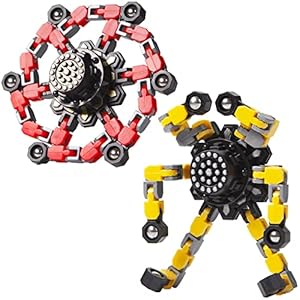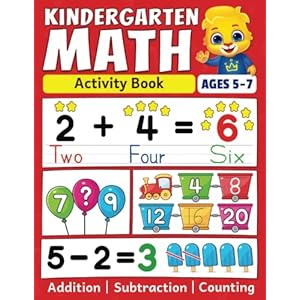
By no means in my life have I cried extra over fictional characters than I’ve watching TV in 2025. I gained’t spoil it for these of you who nonetheless must atone for present seasons, however suffice it to say among the hottest sequence proper now have killed off characters that we’ve all come to know and love through the years: 9-1-1, The Final of Us, 1923, Legal Minds, Handmaid’s Tale… the listing truthfully goes on and on. You’ve been warned.
However late one night time, once I actually awakened (and terrified) my sleeping husband with the sounds of my sobs as one more fictional bestie bit the mud, I puzzled… is that this regular? Why can we — aka positively me — get so invested in fictional characters, and what does it say about us?
To search out out, I reached out to specialists within the subject of psychology, psychiatry, and even bibliotherapy. Right here’s what they revealed about these parasocial relationships.
What are “parasocial relationships”?
In accordance with Dr. Charles Candy, a Johns Hopkins-trained board-certified psychiatrist and medical advisor for Linear Health, “Parasocial relationships describe the one-sided connections we develop with individuals or characters who don’t know us. Whereas these bonds are sometimes related to celebrities or influencers, they lengthen to fictional figures in books, exhibits, and films.”
Our brains generally understand actual and imagined social relationships in the identical approach, explains Candy. “The truth is, the limbic system, which helps us course of feelings, can gentle up in comparable methods as once we’re watching a pal endure — however it’s solely a beloved character getting reduce off the present.”
So, sure, caring for fictional characters will be categorized as a parasocial relationship. And, don’t fear, says Candy: “It’s fully regular, particularly with how a lot the media has formed our era.”
Why do fictional characters pull us in, although?
Logically, I do know these aren’t actual individuals. I do know they aren’t really dying. However nonetheless, I generally really feel that very same bodily pang in my coronary heart when it occurs — and I’m guessing that’s true for you, too.
As a psychiatric nurse practitioner at Savant Care, Shebna N. Osanmoh usually observes these profound connections between sufferers and the tales and characters they encounter in books, movies, or TV exhibits. It reveals a number of issues about our internal world, he says, like our capability for empathy and creativeness.
“It exhibits that we now have the capability to care about another person’s properly‑being, even when they’re made from ink or pixels. When you end up rooting for a personality’s triumph or feeling heartbroken at their loss, you’re exercising — and certain strengthening — your empathic muscle tissue,” Osanmoh says.
These fictional relationships additionally faucet into our want for that means and connection. “Tales assist us make sense of our personal lives,” Osanmoh says. “Seeing a personality overcome adversity can mirror our personal struggles, giving us hope that ‘if they will do it, so can I.’”
And fiction offers us area to really feel large emotions with out large penalties.
“Fiction presents a threat‑free atmosphere to really feel anger, unhappiness, pleasure, or worry. You’ll be able to cry for a personality’s loss with out it threatening your actual‑world equilibrium. You’ll be able to rejoice their victories with out actual‑world stakes,” says Osanmoh, including, “For instance, consider the outpouring of grief when a significant character dies on an extended‑working TV present (e.g., Jon Snow in Recreation of Thrones). Thousands and thousands worldwide shared shock, sorrow, even disbelief — proof that these connections are real emotional experiences.”
What are bibliotherapy and cinematherapy, and the way do they slot in right here?
Fiction… as remedy? That’s a factor? It certain is. Simply ask LiterapyNYC founder Emely Rumble, a licensed medical social employee and bibliotherapist who’s spent over 14 years learning and working towards how literature can function a strong software for emotional therapeutic.
“Once we deeply join with a fictional character, we’re usually participating in what’s known as the bibliotherapeutic course of — particularly, a sequence of recognition, examination, juxtaposition, and utility,” explains Rumble, who additionally authored Bibliotherapy in the Bronx. “First, we acknowledge elements of ourselves in a personality. Then we study our emotional responses, evaluate and distinction our lives with theirs, and at last apply any insights gained to our personal therapeutic or progress.”
Bibliotherapy (and cinematherapy, with movie and TV) entails making use of these ideas as a part of a therapeutic observe.
“As a bibliotherapist, I deliberately ‘ebook match’ shoppers with texts designed to elicit this sort of emotional resonance. The protection of fiction permits readers to simulate social experiences and observe cognitive and emotional responses with out real-world penalties — a form of emotional costume rehearsal that may be deeply cathartic,” says Rumble.
It exhibits that we now have the capability to care about another person’s properly‑being, even when they’re made from ink or pixels.
This emotional connection helps individuals really feel much less alone of their struggles. It additionally permits us to discover our journeys and challenges “in a approach that gives us with emotional readability we’d not have entry to in any other case (particularly in a society the place entry to psychological well being providers is proscribed).”
Rumble cites two latest examples for example what bibliotherapy appears like in observe.
“I not too long ago labored with a teen navigating id improvement and social nervousness. Collectively, we learn sections of Felix Ever After by Kacen Callender in session. The character’s journey gave my consumer permission to discover their very own emotions round gender id and belonging,” says Rumble, noting that she paired the studying with a writing train: a letter from Felix to themselves. “This helped my consumer externalize the self-doubt they’d been carrying.”
For one more consumer grieving the sudden lack of their sister, Rumble advisable The Year of Magical Thinking by Joan Didion. “We used chosen passages as entry factors for journaling and therapeutic dialogue in our classes. This helped me to create an area for my consumer to course of grief, difficult feelings, and to revisit traumatic recollections with out strain or disgrace.”
So, parasocial relationships with fictional characters are wholesome?
The specialists agree: sure!
“Surprisingly, these connections can really be fairly wholesome. For a lot of, particularly those that are extra introspective, fictional tales can present a protected area to discover tough feelings like grief, worry, or vulnerability,” says Candy.
Rumble elaborates, “These parasocial connections with fictional characters usually act as stand-ins when real-life relationships really feel too fraught or absent. They permit individuals to discover their ache by way of the lens of story, which might make overwhelming emotions extra accessible.”
It helps, she says, that there’s no outdoors social judgment when somebody displays by way of a personality or story. This makes it simpler for feelings to “rise to the floor, the place they are often witnessed, felt, and launched.”
The one caveat: Like most issues in life, parasocial relationships are finest whenever you don’t go overboard.
“Moderately, these attachments can function a buffer for loneliness and even mannequin more healthy coping methods,” says Candy. “And our brains are solely doing what they’re wired to do: search connection, observe empathy, and make that means by way of tales. The hazard comes solely when the parasocial world begins changing real-world interplay solely. Like the rest, it’s about having steadiness.”
Trending Merchandise











